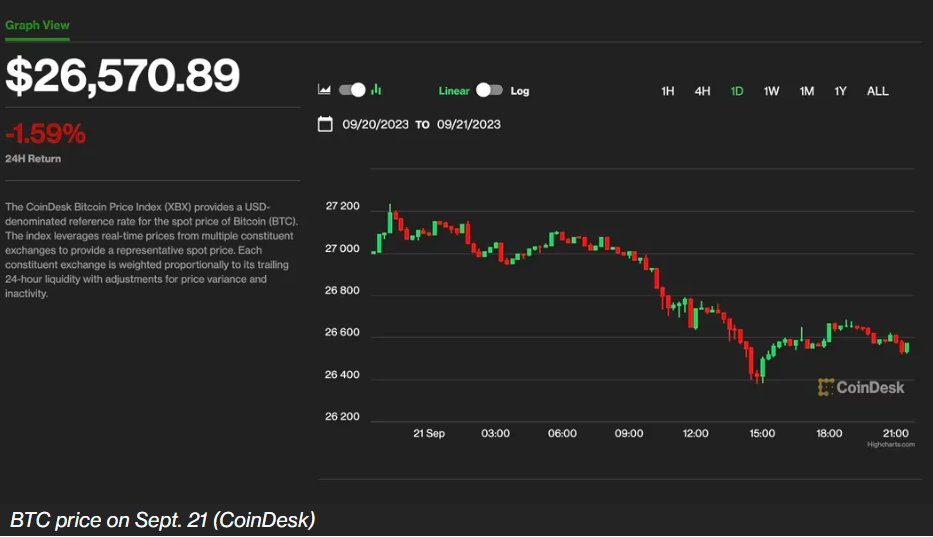
DeFi Explained: Decentralized Finance Revolution ceeden.com
In recent years, a groundbreaking transformation has been underway in the world of finance – the rise of Decentralized Finance (DeFi). DeFi represents a paradigm shift, aiming to disrupt traditional financial systems by leveraging blockchain technology to create an open and inclusive financial ecosystem. In this comprehensive guide, we’ll delve into the essence of DeFi, its core principles, its impact on the financial landscape, and the potential it holds for the future of finance.
Understanding DeFi
DeFi refers to a suite of financial services and applications built on blockchain networks, primarily Ethereum, that operate without centralized intermediaries. It enables users to access a range of financial services, including lending, borrowing, trading, and earning interest, using smart contracts and decentralized protocols.
Core Principles of DeFi
Decentralization
At the heart of DeFi is the elimination of intermediaries, replacing them with smart contracts and decentralized protocols. This shift toward decentralization promotes transparency, reduces reliance on traditional financial institutions, and empowers individuals to have greater control over their finances.
Accessibility
DeFi aims to be inclusive, allowing anyone with an internet connection to access financial services. This accessibility eliminates barriers to entry that often exist in traditional finance, providing financial opportunities to a global audience without discrimination or geographical limitations.
Interoperability
Interoperability is a key aspect of DeFi, allowing different decentralized applications (dApps) and protocols to interact and complement each other. This interoperability fosters innovation and the seamless transfer of assets across various platforms within the DeFi ecosystem.
DeFi Applications
Decentralized Lending and Borrowing
DeFi platforms enable individuals to lend their cryptocurrencies and earn interest or borrow assets by collateralizing their holdings without the need for a traditional bank as an intermediary.
Decentralized Exchanges (DEXs)
DEXs facilitate peer-to-peer trading of cryptocurrencies, allowing users to trade assets directly without relying on a centralized exchange, offering enhanced privacy and security.
Yield Farming and Liquidity Provision
Users can participate in yield farming by providing liquidity to decentralized exchanges or protocols and earning rewards or interest in return.
Synthetic Assets and Derivatives
DeFi platforms allow the creation and trading of synthetic assets that mirror the value of real-world assets, enabling exposure to traditional financial instruments like stocks and commodities in a decentralized manner.
Impact and Future Prospects
The rise of DeFi has the potential to revolutionize traditional finance by offering innovative and efficient financial solutions. It provides financial services to underserved populations, fosters financial inclusion, and challenges the monopolistic nature of traditional banking.
Looking ahead, the DeFi space is expected to continue evolving with advancements in scalability, interoperability, and user experience. However, challenges related to regulatory compliance, security, and scalability remain to be addressed as DeFi strives for mainstream adoption.
Conclusion
DeFi represents a fundamental shift in the way we perceive and interact with financial services. Its decentralized nature, coupled with innovative applications, holds the promise of creating a more accessible, transparent, and inclusive financial ecosystem.
While the DeFi space is still in its early stages and faces challenges, its disruptive potential in revolutionizing traditional finance cannot be overlooked. Understanding the principles and applications of DeFi is crucial for anyone looking to explore this transformative force shaping the future of finance.






